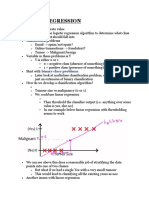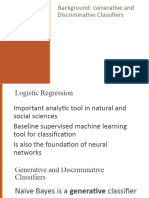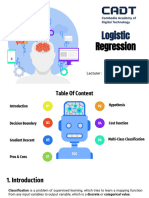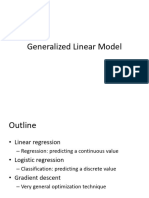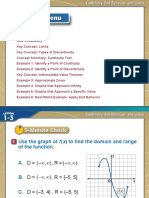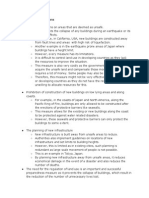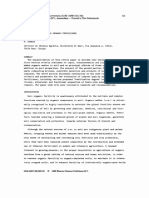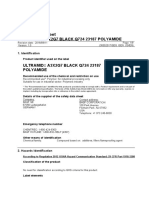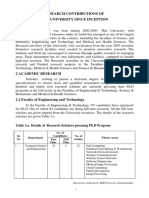0% found this document useful (0 votes)
17 views28 pagesLecture W3
The document discusses classification, specifically binary classification, and logistic regression as methods for determining outcomes such as whether an email is spam or if a tumor is malignant. It explains the use of logistic functions to produce outputs between 0 and 1, decision boundaries, and the cost function associated with logistic regression. Additionally, it covers the process of training logistic regression models using gradient descent for optimization.
Uploaded by
Hadia RamzanCopyright
© © All Rights Reserved
We take content rights seriously. If you suspect this is your content, claim it here.
Available Formats
Download as PDF, TXT or read online on Scribd
0% found this document useful (0 votes)
17 views28 pagesLecture W3
The document discusses classification, specifically binary classification, and logistic regression as methods for determining outcomes such as whether an email is spam or if a tumor is malignant. It explains the use of logistic functions to produce outputs between 0 and 1, decision boundaries, and the cost function associated with logistic regression. Additionally, it covers the process of training logistic regression models using gradient descent for optimization.
Uploaded by
Hadia RamzanCopyright
© © All Rights Reserved
We take content rights seriously. If you suspect this is your content, claim it here.
Available Formats
Download as PDF, TXT or read online on Scribd
/ 28









